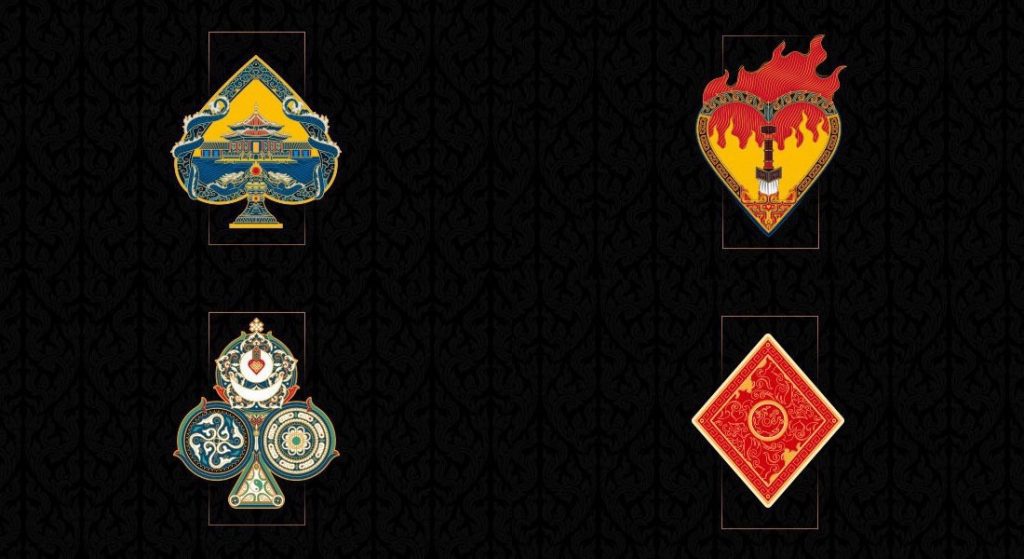
Playing cards are a popular form of entertainment and can be found in many cultures around the world. They typically consist of a deck of 52 cards divided into four suits: hearts, diamonds, spades, and clubs.
The heart suit is represented by a heart-shaped symbol and is typically red in color. The symbol is thought to originate from the shape of a leaf from the silphium plant, which was used in ancient times for its medicinal properties. In a deck of playing cards, the heart suit is often associated with love and romance.
The diamond suit is represented by a rhombus-shaped symbol and is typically red in color. The symbol is thought to represent a shield or suit of armor, possibly alluding to the suit’s association with nobility and wealth in many card games. In a deck of playing cards, the diamond suit is often associated with luxury and riches.
The spade suit is represented by a spade-shaped symbol and is typically black in color. The symbol is thought to represent a type of agricultural tool, possibly a shovel or hoe, which was used in medieval times to till the soil. In a deck of playing cards, the spade suit is often associated with hard work and determination.
The club suit is represented by a club-shaped symbol and is typically black in color. The symbol is thought to represent a type of weapon, specifically a mace or morning star, which was used in ancient times for close combat. In a deck of playing cards, the club suit is often associated with strength and power.
Overall, the four suits in a deck of playing cards each have their own unique symbolism and associations. They add an element of intrigue and mystery to the game, and help make playing cards such a fascinating and enduring form of entertainment.
